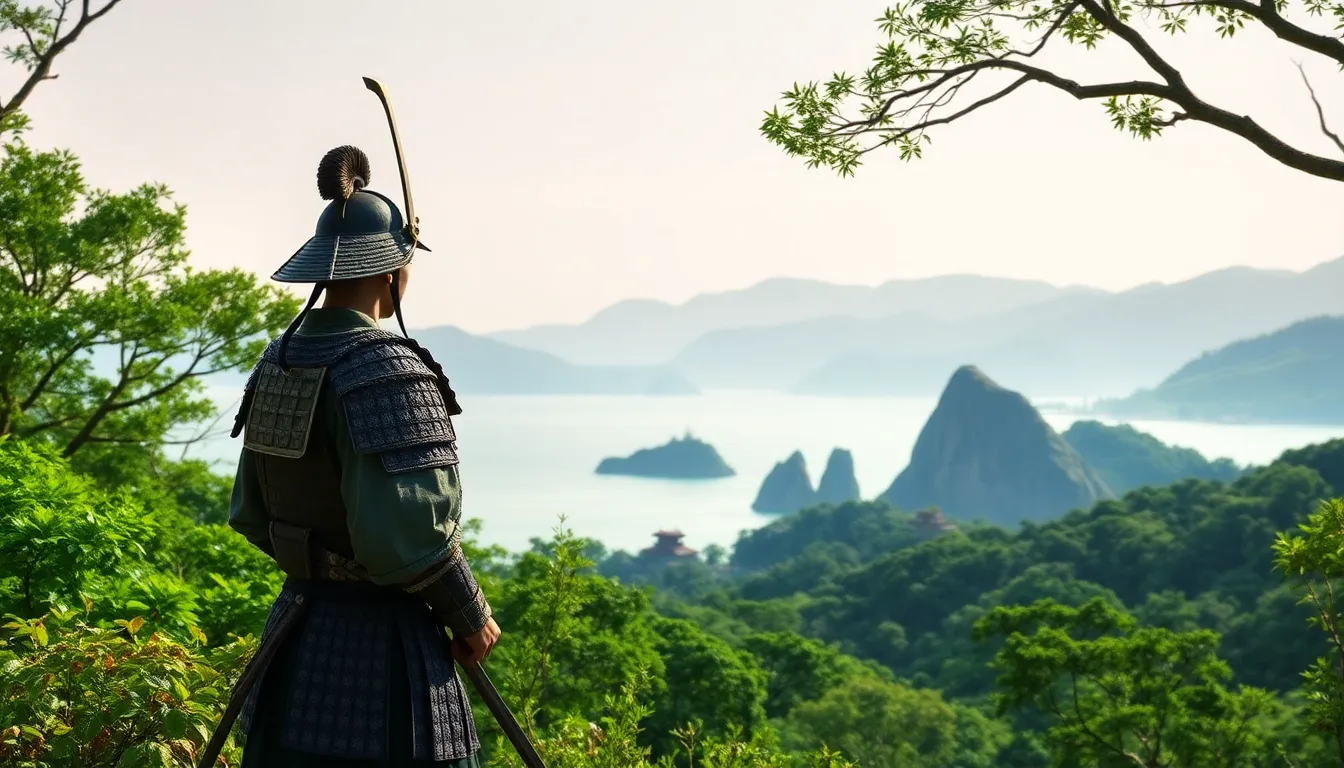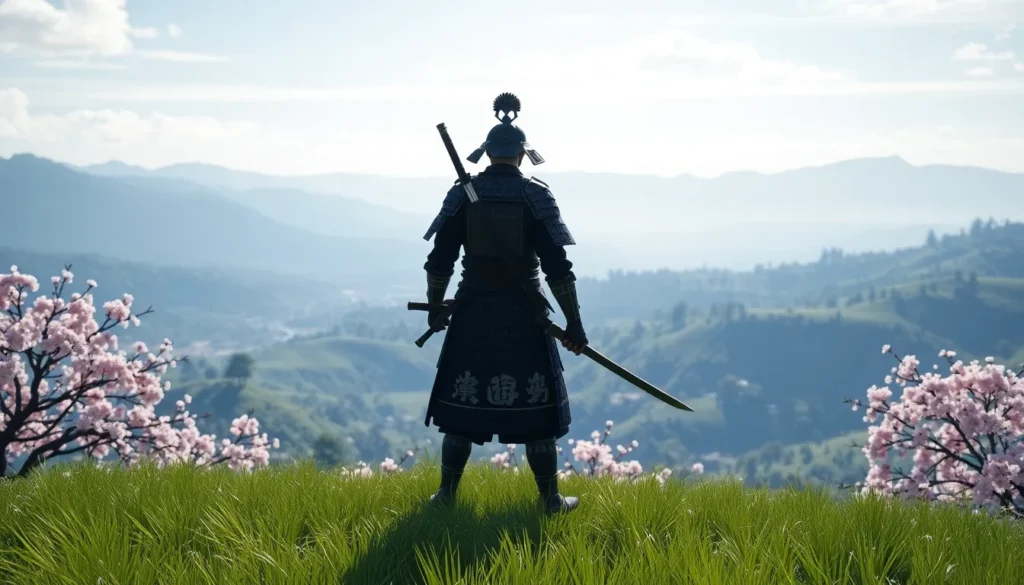Table of Contents
ToggleImagine a world where the clash of swords, the beauty of nature, and a rich tapestry of history intertwine. This is the universe of Ghost of Tsushima, a game that doesn’t just entertain, it immerses you in the heart of feudal Japan. But what lies beneath the serene visuals and thrilling combat? Join us on this journey as we explore the fascinating background of Ghost of Tsushima, where history and gaming unite to create an unforgettable experience.
Historical Context of Tsushima Island

Nestled between Japan and Korea, Tsushima Island holds a pivotal place in history. Often overshadowed by larger islands like Honshu, it was no small player, especially during times of war and trade. The island acted as a gateway, facilitating cultural exchanges and military endeavors. In the late 13th century, it became a key battleground, particularly during the Mongol invasions. The legacy of the island echoes through Japanese history, where it served not just as a geographical landmark but as a cultural melting pot. The rich samurai heritage that sprung from this island laid a foundation that resonates throughout Ghost of Tsushima, painting a vivid backdrop for the events that unfold in the game.
The Mongol Invasion of Japan
In 1274 and again in 1281, the Mongol Empire, under Kublai Khan, cast its gaze upon Japan, aiming to expand its already vast territory. These invasions represent a critical moment in Japanese history, often seen as one of the greatest tests of the samurai spirit. The Mongols, with their innovative tactics and overwhelming numbers, posed a serious threat. Yet, it was the fierce resistance of the samurai that turned the tide, aided by the famed kamikaze, or ‘divine winds,’ that destroyed the Mongol fleet. This backdrop of heroism, struggle, and resilience deeply influences the narrative exploration within Ghost of Tsushima, where players step into the shoes of Jin Sakai, fighting against overwhelming odds to protect his homeland.
Development of Ghost of Tsushima
The development of Ghost of Tsushima was a labor of love for the team at Sucker Punch Productions. This studio, known for its vibrant storytelling in past titles like Infamous, aimed to create an authentic representation of feudal Japan. The team conducted extensive research, from studying historical texts to employing consultants who guided them in accurately portraying the culture and environment. Attention to detail became their mantra, with every blade of grass and grain of rice meticulously crafted. The goal was clear: to transport players to an age of samurai honor, and they succeeded splendidly. This immersive approach has set a high standard for the gaming industry, showing that historical accuracy and creativity can coexist harmoniously.
Cultural Inspirations and Themes
Within the framework of Ghost of Tsushima, various cultural inspirations emerge, celebrating the profound history of Japan. Themes such as honor, sacrifice, and the clash between tradition and innovation are woven throughout the gameplay. Jin Sakai’s journey reflects the duality of the samurai ethos, adherence to bushido and the necessity to adapt in the face of existential threats. The game’s visuals, depicting cherry blossoms and vast landscapes, are not just eye candy. They symbolize the fleeting nature of life and the importance of protecting one’s heritage. Also, folklore and traditions seep into the game’s fabric, painting a rich picture of what it meant to be a warrior during this tumultuous period.
Gameplay Mechanics Reflecting the Setting
The gameplay of Ghost of Tsushima does more than deliver thrilling combat: it also mirrors the environment and the historical context. Players are encouraged to explore a beautifully rendered open world, filled with lush landscapes and hidden secrets. The combat mechanics are heavily based on traditional samurai techniques, which allow players to master various styles as they progress in the game. Stealth gameplay emphasizes the importance of strategy and cunning, reflecting the reality of warfare during the Mongol invasions. Also, elements like the wind, which gently guides players to objectives, embody the connection between nature and human experience in Japanese culture. This seamless integration of gameplay and environment elevates Ghost of Tsushima beyond mere entertainment.
Impact on Players and Reception
Since its release, Ghost of Tsushima has made a significant impact on players and the gaming community alike. Its balance of breathtaking visuals and sonorous storytelling invites players to engage with history on a personal level. Critics have praised its attention to detail and the authenticity of its cultural references. The game sparked conversations about representation in media, specifically about how Japanese history and culture are portrayed. Players often express a deeper appreciation of samurai ethics and the complexities of historical conflicts. Many have reported emotional investment in Jin’s story and the journey of self-discovery that mirrors the broader themes of resilience and change.




